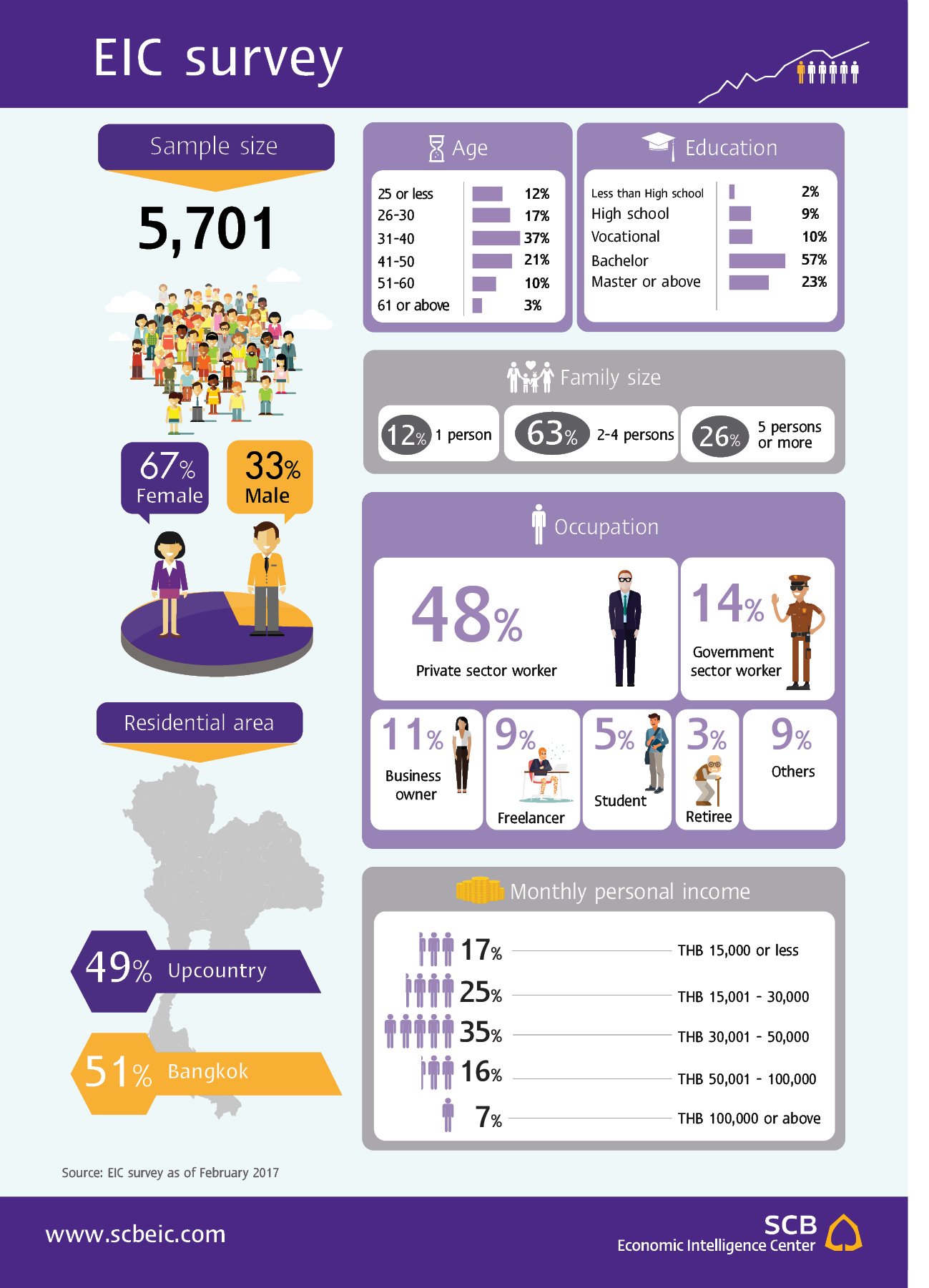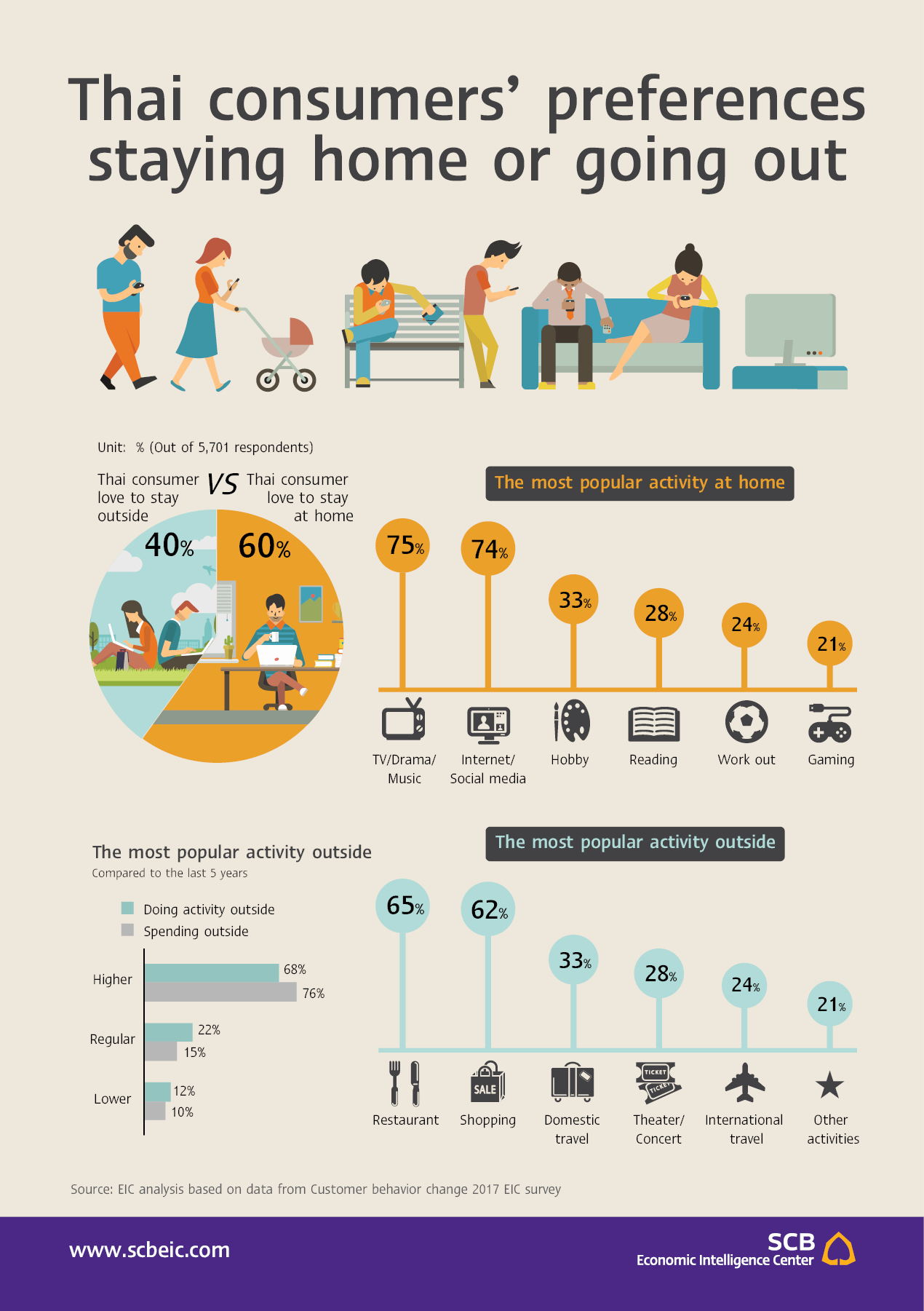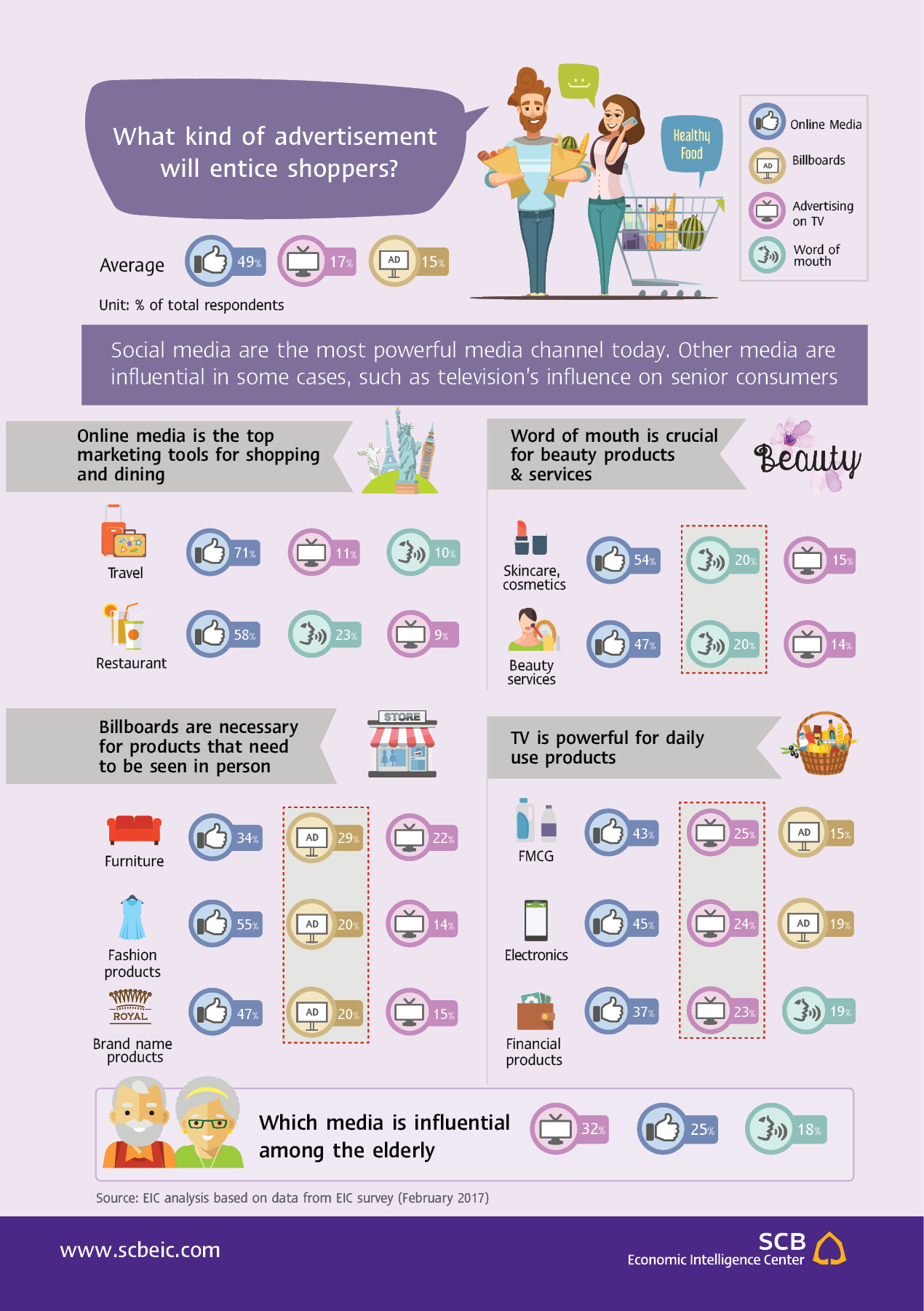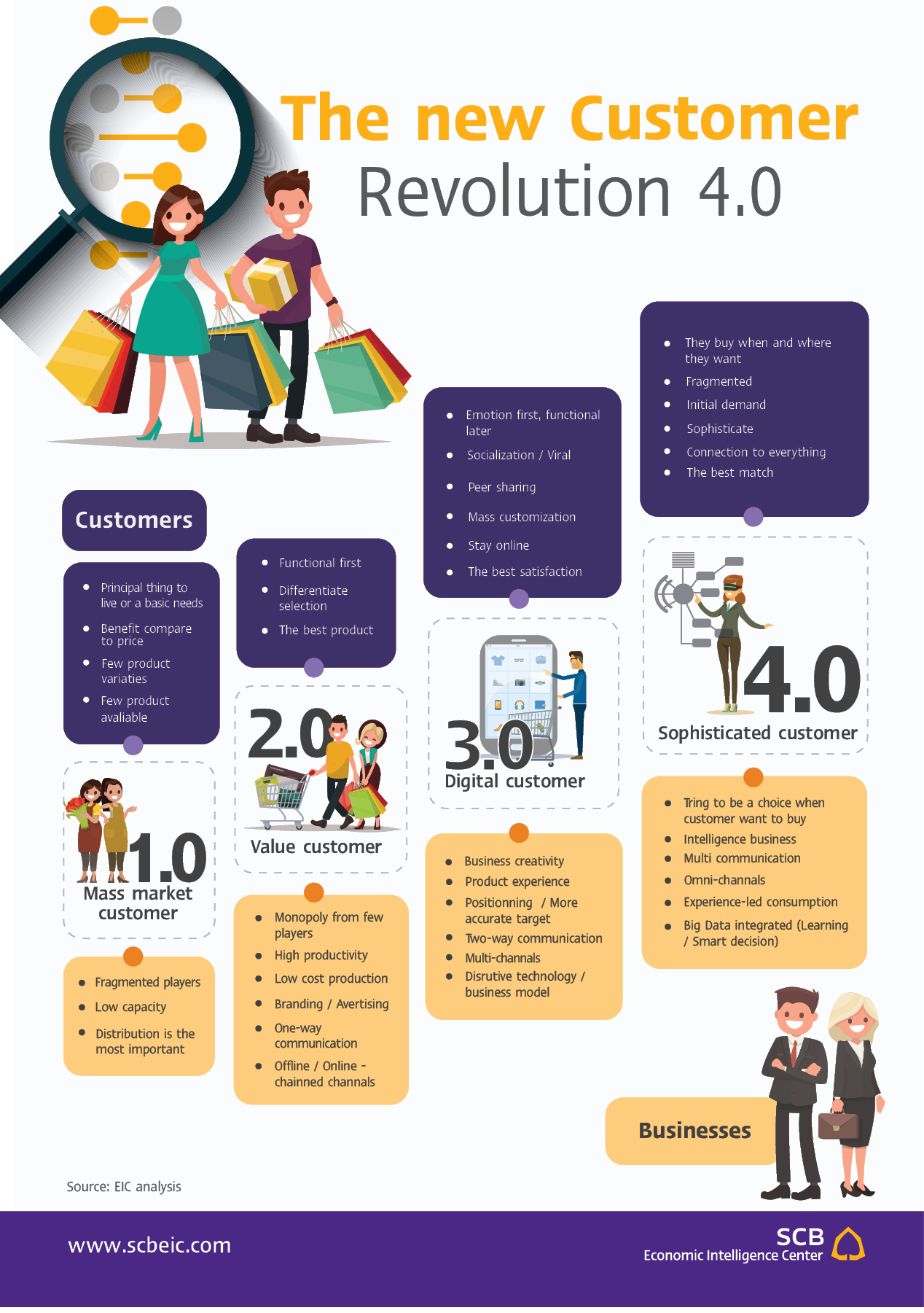Unlocking the secrets of the digital consumers
Consumer behavior has undergone major changes in recent years, especially in Asia. Spending has increasingly shifted toward services, health-related products and differentiated products. Throughout developing countries in Asia, consumption has moved beyond necessities toward discretionary goods and services. Spending on services has especially increased in leisure and lifestyle categories like tourism and entertainment. Health and medical spending has gone way up, and consumers are likely to spend more and more on “wellness” goods and services. Today’s consumers tend to look for highly differentiated products, with niche characteristics or functions. They are willing to spend more on not just things but experiences. Steady growth in incomes has positioned them to now spend more on personalized goods and services and pay a premium for new experiences.
Contents
- Executive Summary
- Chapter 1: Global shifts in consumption patterns
- Chapter 2: Consumer trends in Thailand 4.0: What’s in and what’s out?
- Chapter 3:Winning consumers’ hearts and minds in the 4.0 era: How should businesses adapt?
Consumer behavior has undergone major changes in recent years, especially in Asia. Spending has increasingly shifted toward services, health-related products and differentiated products. Throughout developing countries in Asia, consumption has moved beyond necessities toward discretionary goods and services. Spending on services has especially increased in leisure and lifestyle categories like tourism and entertainment. Health and medical spending has gone way up, and consumers are likely to spend more and more on “wellness” goods and services. Today’s consumers tend to look for highly differentiated products, with niche characteristics or functions. They are willing to spend more on not just things but experiences. Steady growth in incomes has positioned them to now spend more on personalized goods and services and pay a premium for new experiences.
Leapfrog technologies like smartphones and apps have transformed sales channels and marketing channels. E-Commerce enables fast shopping and convenient price comparisons. The ubiquity of social media has altered customers’ referral patterns, moving away from face-to-face communications. Businesses consequently have to focus on developing online and social media platforms for marketing purposes. Moreover, advanced technologies like virtual reality, augmented reality, internet of things and 3D printing are now being used to offer new experiences and more flexibly meet consumer demand. These innovations promise to completely transform consumer behavior from the past.
Thais now consume more entertainment media than in the past, and as their incomes grow they will spend more on travel and home improvement. EIC conducted a survey that found most consumers now focus their spare time on consumption of all kinds of entertainment media, especially social media. New generation and high-income consumers spend more time outside the home than in the past 5 years. Travel ranks first among things Thais want to spend on. Over 70% say they would spend more on traveling if their income were to rise by 20%. Others would opt for home improvement projects, especially in the case of seniors, who prioritize quality of life and health.
Thai consumers are harder to please than in the past, as they search for variety and new experiences. They are also willing to pay more for better quality goods and services. This in turn pushes businesses to compete on quality or differentiate their products and services from competitors through personalization. Companies should also further develop their sales channels to meet more sophisticated consumer demands. Specialty stores provide the answer, since they offer products catering to specific needs. Competition from online businesses has forced brick-and-mortar stores to adjust, and shopping mall are being transformed into “retailtainment” complexes. One-stop shopping is not enough to attract today’s consumers, who seek new experiences and activities not offered online, such as leisure time with friends and other recreational activities.
Although Thai consumers are now more accustomed to online shopping, they do not yet buy online frequently. Nonetheless, online media’s popularity is rising. Over 69% of consumers rely on physical stores as their main shopping channel. But around half take advantage of multi-channel shopping. For example, they might check out a product in a physical store before buying it online. In addition, consumers’ decisions are increasingly shaped by online media. Around half of shoppers take online reviews more seriously than those found in print and broadcast media. One exception is senior consumers, who rely on traditional media such as television to make shopping decisions. Businesses should develop online sales and marketing channels while also continue to strengthen their reach via traditional means.
Consumer preferences are increasingly sophisticated, pushing businesses to adapt new strategies and form alliances within the value chain. Businesses in the same value chain can collaborate to meet customers' demand. They can use big data to devise and coordinate strategies throughout the value chain, from downstream retail businesses, which can best access information on consumers' needs backward to upstream producers. This will allow companies to design customized products for each market segment and apply big data to inventory management, pricing and technology-assisted marketing.
Businesses nowadays have to go beyond building brand loyalty. To stay in the game in the long term, they should focus on customer engagement. Maintaining an existing customer base is as important as reaching new customers. Key strategies include developing integrated services that respond to customer demand and offering memorable experiences that will bring them back. In addition, after-sale services play a crucial role in bolstering customer relations.
Another important strategy is using multi-channel and “omni-channel” access to reach customers. While most businesses are now focusing on developing an online presence, online-only stores can benefit from developing brick-and-mortar shops. Instead of competing against each other, the online and physical stores together can give consumers an “omni-channel” shopping experience, with shops, websites, apps, social media and conventional media ads all carefully synched to offer integrated promotional campaigns. Adding or enhancing online channels can help reach international markets and strengthen sales growth.




